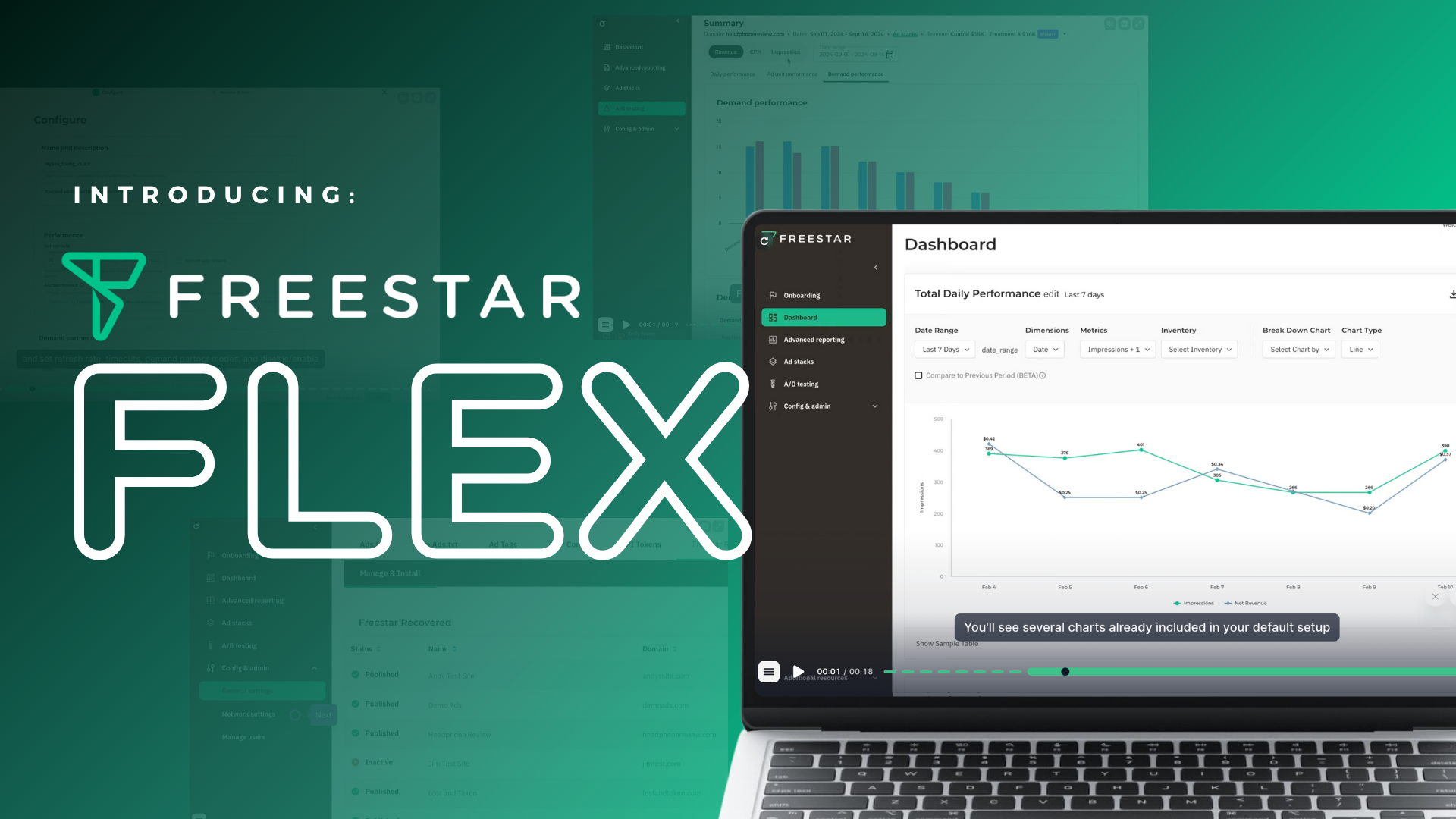Are you interested in learning more about Footer Bidding, or better yet, not really even sure how it’s different from Header Bidding? Look no further, this interview between our SVP, Business Development and Marketing, Laura Gaffney and our CTO, Premesh Purayil tells you everything you need to understand the difference, the benefits and the downsides of each.
Laura: What is Footer Bidding?
Prem: Footer Bidding is the concept of header bidding flipped on its head. Traditionally header bidding is meant to run in the header (hence the name), which means you’re loading the Prebid script in the head of your HTML document, so the framework and the auctioning for the ads on the page happen as soon as the page starts to load which effects page load time as you’re competing to load your other assets on the page (content, images, etc). Header bidding forces you into choosing your optimal set of header bidding partners to avoid slowing down page load.
The concept behind Footer Bidding is prioritizing the content and the UX, so by implementing Footer Bidding, you’re waiting on loading your framework and auctioning your inventory until after a full page load event. The benefit is that you’re no longer limited to a certain number of bidders because the page is already loaded. Essentially the upside of Footer Bidding is increasing revenue by adding more demand partners and more traffic as a result of faster page load times.
Laura: With all of those advantages, why is the industry not doing Footer Bidding opposed to Header Bidding?
Prem: The reason that it’s not a standard the other way around is that the results may vary. If your site is not well optimized and your page load times without ads is anywhere from 5-15 seconds, if you do Footer Bidding, you’re not going to start requesting and loading ads until that time has passed which gives up a lot of inventory. For example, if a visitor comes to your site and quickly leaves (or bounces) ads would never load in this instance. Additionally if the page takes 5-10+ seconds for ads to finally load, the visitor could have already scrolled past your initial ad slots thus reducing the overall viewability of that inventory. There is a choice for publishers to prioritize content first over ad experience but switching to Footer Bidding can have a negative impact from a revenue standpoint. That said, for publishers that are already very well optimized, moving your stack to run in the footer should have minimal impact on revenue but a positive impact to page load time and UX.
Laura: So this is a one or other scenario right?
Prem: Yes, there is not really a benefit to doing both. One could argue that you can run something in the header for something above the fold to run as quickly as possible and then everything else wouldn’t auction until it comes into view, but this would require quite a bit of customization. However, above the fold units combined with header bidding don’t perform very well in general because by the time an ad is called, the users typically have scrolled past that part of the page.
Laura: Can you still access the same amount of demand partners with footer bidding as you can with header bidding?
Prem: Yes there’s no difference in demand partners, but theoretically you can run far more demand partners with Footer Bidding than with Header Bidding.
Laura: If you’re a Freestar publisher, does this fire out of the code already implemented?
Prem: Yes, it still runs our wrapper which wraps Prebid, and then all of our ad products and functionality. Our implementation loads the initial script in the header, but we have employed a way to do our initial load without loading the heavy part of the stack and waiting for the post page load event to start the auctioning.
Questions? Feel free to reach out to your Account Manager or email accountmanagement@freestar.com.





